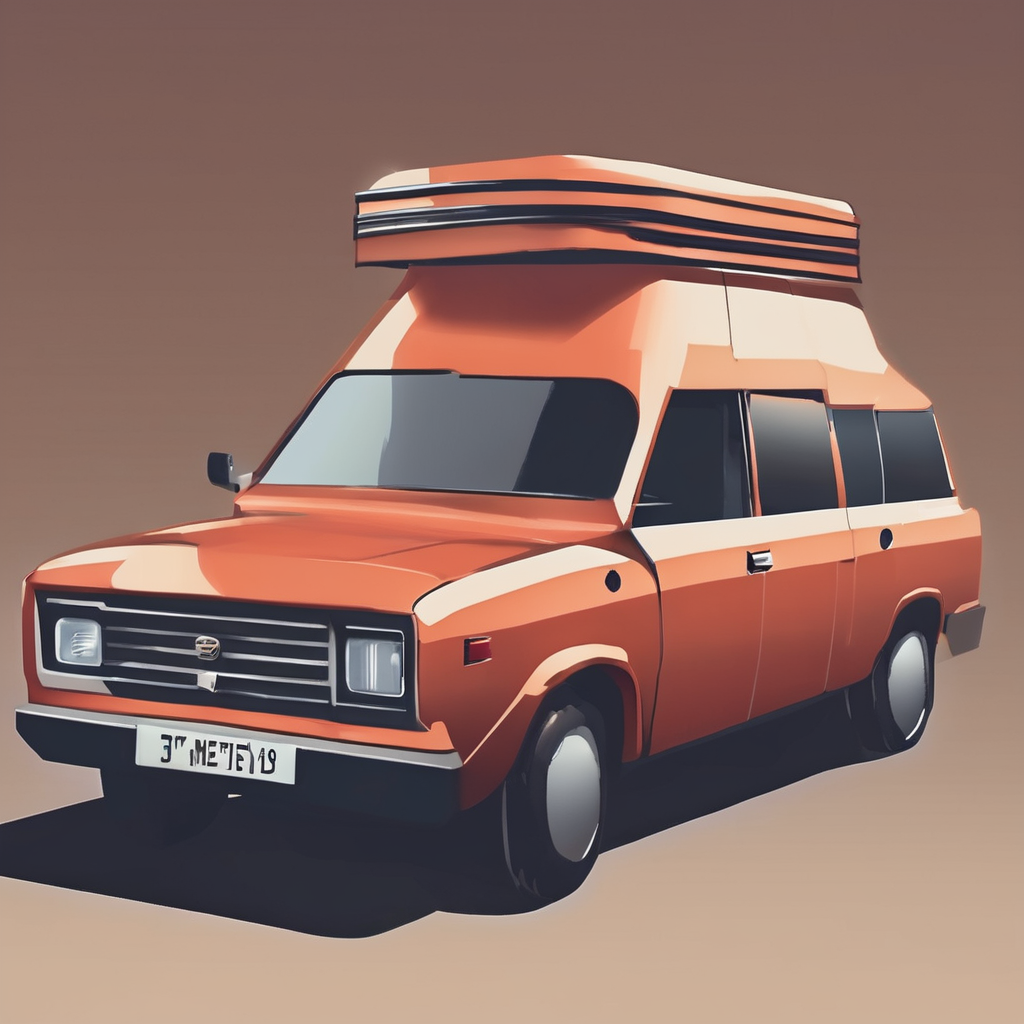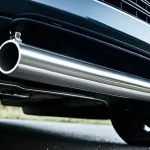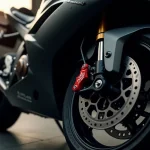Essential Preparation Before Tow Bar Installation
Before starting tow bar installation preparation, it is crucial to verify the vehicle compatibility with the specific tow bar model. For mid-sized family vehicles, checking the manufacturer’s specifications ensures the tow bar fits correctly and supports the intended towing capacity. This step prevents safety hazards and potential damage to your vehicle.
Next, gather the required tools and safety equipment. Essential tools often include spanners, torque wrenches, screwdrivers, and sockets, while safety gear like gloves and eye protection protects the installer during the process. Preparing a clear workspace enhances the installation efficiency and safety.
In the same genre : Ultimate handbook for optimizing your off-road vehicle’s rear differential lock performance
Additionally, reviewing tow bar safety involves understanding both legal regulations and warranty implications. Confirm local towing laws to comply with load limits and installation standards, which safeguards you from legal issues. Also, consult your vehicle’s warranty terms to ensure the installation doesn’t void coverage.
Proper preparation, including understanding vehicle compatibility, assembling the right tools, and adhering to safety and legal guidelines, ensures a smooth and secure tow bar installation process.
Have you seen this : Must-see guide: vital components of your car’s emergency braking system to inspect before hitting the road
Step-by-Step Guide to Installing a Tow Bar
Ensure your installation is safe, secure, and suited to your vehicle.
Installing a tow bar on a mid-sized car requires precision and attention to detail to guarantee both functionality and safety. This tow bar installation guide walks you through each essential step, enabling a confident DIY tow bar installation.
Begin by gathering all necessary tools and the correct tow bar kit designed for your vehicle model. Start the process by inspecting the chassis area where the tow bar will mount. This step ensures no damage or rust compromises the attachment points. Proper cleaning and preparation of this area are crucial.
Next, position the tow bar aligning it carefully with the vehicle’s mounting holes. The alignment must be exact, as improper placement can affect towing stability and safety. Use the vehicle manual or manufacturer specifications as a reference to verify alignment. As a rule of thumb, ensure the tow bar’s arms sit flush against the chassis, avoiding any gaps.
Once aligned, secure the tow bar using the bolts provided in your kit. Tighten bolts using a torque wrench to match the specifications in your tow bar installation guide. This prevents over-tightening, which can strip threads or deform parts, and under-tightening, which risks detachment during use.
For visual confirmation, consult diagrams illustrating correct mounting positions and orientation. In addition, checking out specialized installation videos can provide practical tips on torque settings, handling tricky alignment issues, and confirming secure attachments.
Remember, during your DIY tow bar installation, it’s wise to double-check every fixed point to ensure nothing is loose. This methodical approach maintains the tow bar’s integrity under load and on long journeys.
Following these detailed procedures guarantees your tow bar is safely and securely installed on your mid-sized car, ready for reliable towing performance.
Common Installation Mistakes and How to Avoid Them
Installing a tow bar yourself can be rewarding, but tow bar installation errors are common and can compromise safety. One frequent mistake is improper alignment. If the tow bar is not securely and evenly attached to the vehicle’s chassis, it can cause instability or damage during towing. Ensuring all bolts are correctly tightened to the manufacturer’s specifications is critical to avoid this error.
Another typical issue involves neglecting wiring connections. Faulty or incomplete wiring not only impedes trailer light functions but also increases the risk of accidents. To steer clear of this, double-check the wiring harnesses and use appropriate connectors designed for your vehicle model.
Tow bar safety tips also highlight the importance of weight ratings. Overloading beyond the tow bar’s capacity can lead to mechanical failure. Always verify and respect the maximum towing weight specified for your car and the tow bar accessory.
For family vehicles, careful attention to clearance and spacing is crucial. Incorrect placement can affect the vehicle’s handling and damage sensitive components like bumpers or exhausts. Measuring twice before drilling or bolting can prevent these costly errors.
If you encounter difficulties, numerous resources provide technical support and troubleshooting guidance. Manufacturer manuals, online forums, and expert helplines can offer step-by-step advice to help you correct mistakes and ensure your tow bar is installed safely and securely.
Safety Checks and Post-Installation Requirements
Before using your vehicle for towing, completing thorough tow bar safety checks is crucial to ensure reliability and compliance. Start by inspecting the tow bar thoroughly for any signs of damage, loose bolts, or corrosion that could compromise its integrity. A securely fitted tow bar minimizes the risk of detachment or accidents during travel.
Next, verify all electrical connections related to the tow bar setup. Ensure that trailer lights, indicators, and brake lights function correctly; malfunctioning lights are a common reason for roadside failures and legal penalties. Testing these connections using a trailer light tester or by connecting to an actual trailer can confirm their proper operation.
Lastly, familiarize yourself with local towing regulations to guarantee your setup meets legal standards. These regulations often dictate maximum towing weights, lighting requirements, and specific safety features for trailers. Non-compliance can result in fines, liability issues, or voided insurance in case of an accident. Regular post-installation inspections, including checking the tow bar’s mounting points and connectors, ensure ongoing safety and legality. Prioritizing these steps helps maintain confidence in your towing equipment’s performance and adherence to safety norms.
Ongoing Maintenance for Reliable Tow Bar Use
Ensuring safety and durability through regular care
Proper tow bar maintenance is essential for towing safety and the longevity of your family vehicle’s towing setup. Routinely inspecting your tow bar helps identify early signs of wear and corrosion, which are common issues that can compromise the system’s integrity. Paying attention to these details reduces the risk of failures on the road.
Start by checking the tow bar’s mounting points for any signs of rust or loosening bolts. Corrosion can weaken metal parts, so it’s important to clean and treat affected areas promptly. Lubricate hinges and moving components to prevent stiffness and facilitate smooth operation. Regularly ensure electrical connections are secure and free from damage to maintain proper signaling during towing.
Recognizing when your tow bar needs professional attention is critical. If you notice unusual noises, excessive play in the coupling, or visible cracks and deformation in any part, seek expert evaluation immediately. Professional technicians can perform necessary adjustments or replacements to uphold towing safety standards.
In summary, consistent tow bar maintenance involves careful inspection, addressing wear factors like corrosion, and making necessary adjustments. This proactive approach supports not only the safety of your family vehicle but also the reliability of your entire towing experience.



